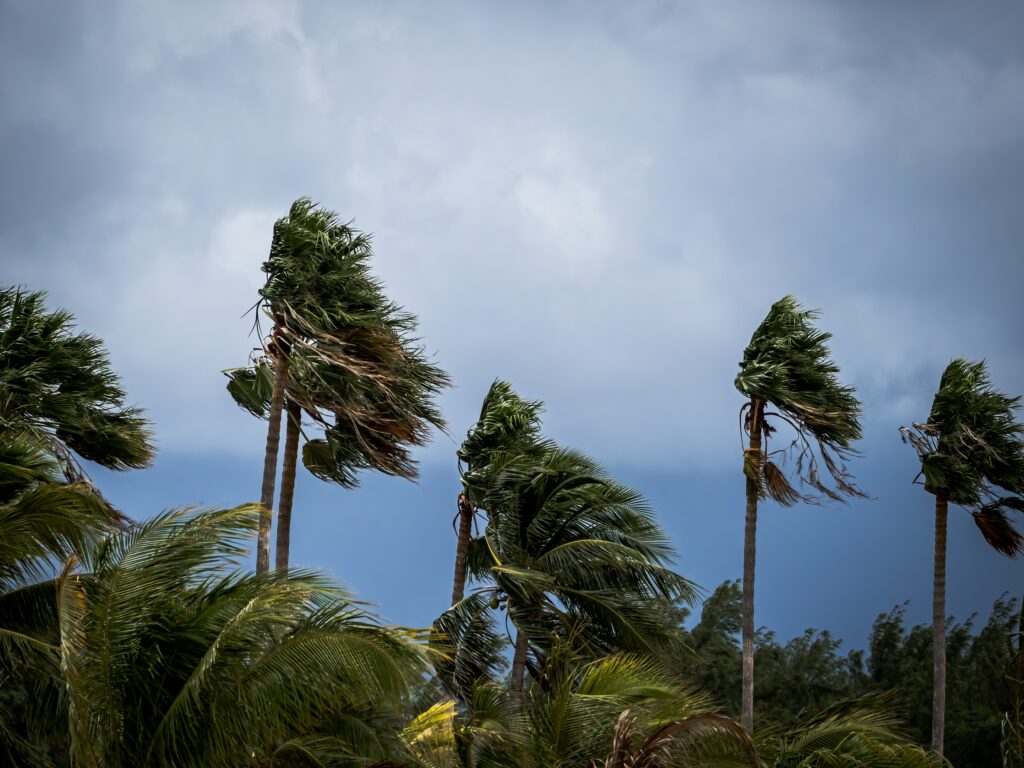National Weather Service forecast products can tell you a lot about what is expected to happen with a storm, including the storm’s paths, rainfall amounts, wind speeds, if it’s a watch vs. a warning, and more. There is a lot of information available days ahead of a storm, and it is important to understand what it means.
Whether you’re a resident in a coastal region or seeking to enhance your weather literacy, it’s crucial to understand the various tropical watches and warnings designed to help you make informed decisions and stay safe when facing the unpredictable forces of nature.
Have Trusted Sources For Storm Information
Rely on official forecasts and well-established media partners in the Weather Enterprise. Be cautious of sensational headlines and instead look for reliable sources to determine a storm’s potential impacts.
Use the official National Hurricane Center Forecast — their hurricane specialists access a variety of data (models, aircraft, satellite) to make the most accurate forecasts possible. Meteorologists at local NWS offices understand which locations in your area are most vulnerable to storm surges, flooding, and wind.
Know Your Alerts & The Difference Between a Watch Vs. a Warning
In general, a Watch means impacts are possible; a Warning means impacts are expected or happening. Different hazards and alerts require different responses:
• A Tropical Storm Watch indicates the possibility of a tropical storm forming within a specified coastal area or region. Residents should closely monitor weather conditions and prepare for potential tropical storm impacts.
• A Tropical Storm Warning indicates that a tropical storm is expected to affect a specific coastal area or region within a given timeframe. Residents should take immediate precautions and prepare to protect life and property from the impending tropical storm.
• A Hurricane Watch means hurricane conditions are possible somewhere within the watch area, with tropical storm-force winds beginning within the next 48 hours. People in the area should closely monitor the hurricane’s development and stay updated with the latest forecasts.
• A Hurricane Warning means hurricane conditions are expected somewhere within the warning area, with tropical storm-force winds beginning within 36 hours. People in the area should act quickly to ensure their safety and protect their property from the impending hurricane’s destructive forces.
•An Extreme Wind Warning means extreme hurricane winds (115 mph+) are imminent or happening: take immediate shelter in an interior portion of a well-built structure.
• A Storm Surge Watch means the possibility of life-threatening inundation generally within 48 hours, and a Storm Surge Warning means the danger of life-threatening inundation generally within 36 hours. In either case, please promptly follow evacuation and other instructions from local officials.
•A Flash Flood Warning means dangerous flash flooding is expected: move to higher ground, and never walk or drive through floodwater. A Flash Flood Emergency is issued for exceedingly rare situations when a severe threat to human life and catastrophic damage is happening or about to happen — do NOT attempt to travel unless you are under an evacuation order or your life is imminently at risk.
•A Flood Watch means flooding is possible: stay tuned to trusted news sources and be ready to seek higher ground. A Flood Warning means flooding is happening or about to happen: move to higher ground immediately.
•A Tornado Watch means a tornado is possible: know your safe place and be ready to act quickly if a Warning is issued. A Tornado Warning means a tornado is happening or about to happen – immediately seek shelter in your safe place!
• A River Flood Watch indicates the potential for flooding along rivers and waterways in a specific area due to prolonged heavy rainfall or other factors. It prompts residents and relevant agencies to stay informed about the situation and prepare for possible river flooding.
• A River Flood Warning informs residents that flooding is imminent or already underway along rivers and waterways in a designated area. It urges individuals to take immediate action to safeguard their lives and property from the dangers associated with rising river levels and the subsequent flooding.
Focus on Potential Impacts Regardless of Storm Size or Category
Do not focus on a specific storm category; all hurricanes and tropical storms can bring life-threatening storm surges, inland flooding, and damaging winds. The storm’s scale only tells you about the strongest winds near the center of the storm and does not tell you about potentially life-threatening flooding from storm surges or rain.
The National Hurricane Center Forecast Cone shows the probable forecast track of the center of the storm. This means that the storm’s center will probably travel somewhere within the cone’s boundaries. The cone does NOT represent the size of the storm in any way.
Learn more: NOAA: Understanding Hurricane Forecasts & Impacts
Hurricane Preparedness Resources
As storms potentially develop this season, know we continuously provide updates through our website and social media for storm updates, office closures, preparedness tips, and more.
Plan Ahead, Don’t Wait!
Allow our team to help provide financial protection for your family or business against the potentially devastating effects of tropical storms, hurricanes, and flooding.
Remember, once a storm threatens a region or becomes a watch or warning, it is too late to get a new insurance policy or make changes to existing insurance coverage.
While your homeowners insurance may pay for water damage due to broken pipes, flood insurance pays for damages caused by the rising of a body of water that covers normally dry land.
Flood Insurance is available through your agent and the National Flood Insurance Program (NFIP) and may require a 30-day waiting period before coverage will begin. Don’t delay!
To connect with a team member, visit our locations page to find an office near you or give our team a call to discuss your best coverage options at 866.374.5084.
























